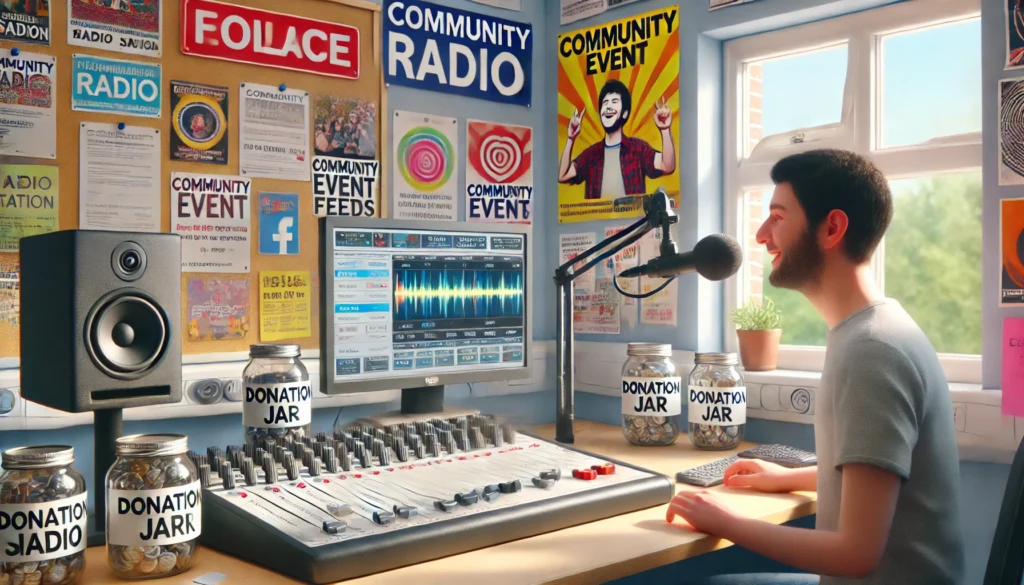Radio has long been a cornerstone of community broadcasting, offering a unique platform for local voices and stories. But as with any medium, there are both advantages and disadvantages to consider. In this blog post, we’ll delve into what are the pros and cons of using radio in community broadcasting, providing insights and examples to help you understand this dynamic medium better.
Table of Contents
Contents

The Pros of Using Radio in Community Broadcasting
Accessibility and Reach
One of the biggest advantages of radio is its accessibility. Unlike other forms of media, radio is incredibly easy to access. Nearly everyone owns a radio or can access radio stations via their smartphones, cars, or home devices. This broad reach makes it an excellent tool for community broadcasting, ensuring that your message gets to a wide audience.
Cost-Effective Production
Producing content for radio is relatively inexpensive compared to television or print. The cost of equipment and the process of creating and broadcasting a show are more affordable, making radio a viable option for community groups with limited budgets. This cost-effectiveness allows for more frequent and varied programming, enhancing community engagement.
Real-Time Communication
Radio offers the unique ability to communicate in real-time. This is particularly valuable for community broadcasting, as it allows for immediate updates on local events, weather alerts, and emergency information. Being able to provide timely information helps build trust and reliability with your audience.
Personal Connection
There’s something inherently personal about radio. The intimacy of the voice, combined with the ability to speak directly to the community, creates a strong bond between the broadcaster and the listener. This personal connection can foster a sense of community and belonging, which is often the primary goal of local broadcasting efforts.
Flexibility in Content
Radio offers great flexibility in terms of content. Whether it’s music, talk shows, interviews, or live events, radio can adapt to a variety of formats and styles. This versatility allows community broadcasters to cater to diverse interests and demographics within the community.
The Cons of Using Radio in Community Broadcasting
Limited Visual Appeal
One of the main drawbacks of radio is the lack of visual elements. In an age where visual media dominates, the absence of images or video can be a significant disadvantage. For communities that rely heavily on visual storytelling, this limitation can affect the engagement levels of the audience.
Competition with Digital Media
The rise of digital media has created stiff competition for radio. Podcasts, streaming services, and social media platforms offer similar content, often with added visual and interactive elements. This can make it challenging for radio stations to attract and retain listeners, especially younger audiences who are more inclined towards digital media.
Signal Limitations
Radio broadcasts are subject to signal limitations. In rural or remote areas, signal strength can be weak, leading to poor reception and a smaller audience. Additionally, physical barriers like buildings or geographical features can interfere with radio signals, affecting the quality of the broadcast.
Time Constraints
Radio programming is bound by time constraints. Unlike digital platforms where content can be accessed on-demand, radio shows are scheduled and must fit within specific time slots. This can limit the amount of content that can be broadcast and can also be inconvenient for listeners who may miss a live show.
Advertising Dependency
Many community radio stations rely on advertising for funding. However, securing advertisers can be challenging, especially for smaller stations with limited reach. Dependence on advertising can also influence the type of content that is broadcast, potentially limiting the diversity and independence of programming.
Balancing the Pros and Cons
Understanding what are the pros and cons of using radio in community broadcasting is crucial for making informed decisions about how to best utilize this medium. Here are some tips to help balance these factors effectively:
Embrace Multi-Platform Strategies
To combat the limitations of radio, consider integrating it with other digital platforms. Use social media to promote your shows, create podcasts of your broadcasts, and utilize your website to provide additional content and resources. This multi-platform approach can help extend your reach and engage a broader audience.
Focus on Local Content
Leverage the strength of radio’s real-time communication by focusing on local content. Highlight community events, local news, and issues that are directly relevant to your listeners. This localized focus can help build a loyal audience who sees your station as an essential part of the community.
Engage with Your Audience
Encourage listener participation through call-ins, social media interactions, and community events. Engaging with your audience helps create a sense of community and makes listeners feel valued and heard. This interaction can also provide valuable feedback and ideas for future programming.
Invest in Quality Equipment
While radio production is cost-effective, investing in quality equipment can significantly enhance the listening experience. Clear audio and a strong signal are essential for retaining listeners and maintaining professionalism.
Diversify Funding Sources
To reduce dependency on advertising, explore other funding options such as grants, donations, and community sponsorships. Diversifying your funding sources can provide financial stability and allow for more creative and independent programming.
Conclusion
Radio remains a powerful tool for community broadcasting, offering unique advantages such as accessibility, cost-effectiveness, and real-time communication. However, it also comes with challenges like limited visual appeal and competition from digital media. By understanding what are the pros and cons of using radio in community broadcasting, community groups can make informed decisions to maximize the benefits and mitigate the drawbacks. Embracing a multi-platform approach, focusing on local content, and engaging with the audience are key strategies to ensure the success of community radio broadcasting.
Ultimately, the goal is to create a vibrant, inclusive, and informative community broadcast that serves and connects the local population. Whether you’re a seasoned broadcaster or just starting, the power of radio in community broadcasting is undeniable, and with the right approach, it can continue to thrive in the digital age.
